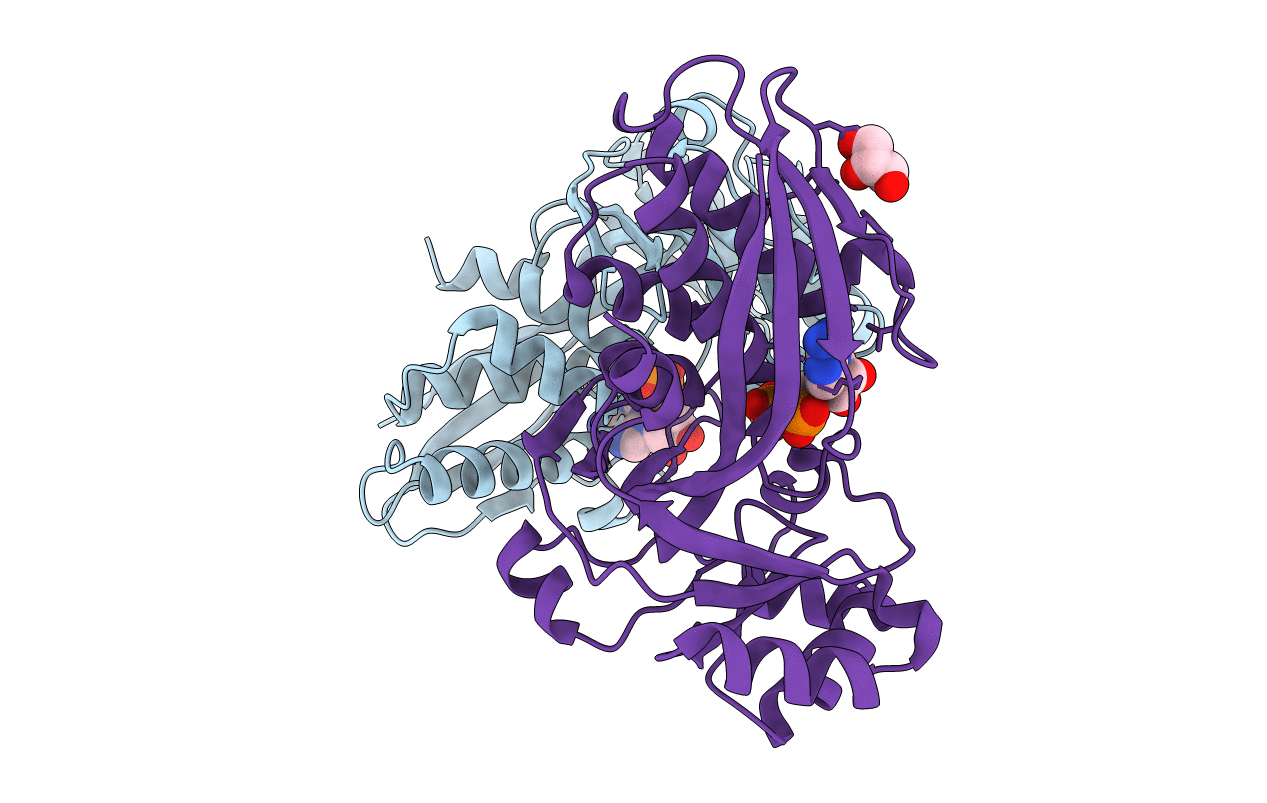
Deposition Date
2009-10-21
Release Date
2010-03-09
Last Version Date
2023-12-20
Entry Detail
PDB ID:
2WW4
Keywords:
Title:
a triclinic crystal form of E. coli 4-diphosphocytidyl-2C-methyl-D- erythritol kinase
Biological Source:
Source Organism:
ESCHERICHIA COLI (Taxon ID: 562)
Host Organism:
Method Details:
Experimental Method:
Resolution:
2.00 Å
R-Value Free:
0.26
R-Value Work:
0.19
R-Value Observed:
0.20
Space Group:
P 1


